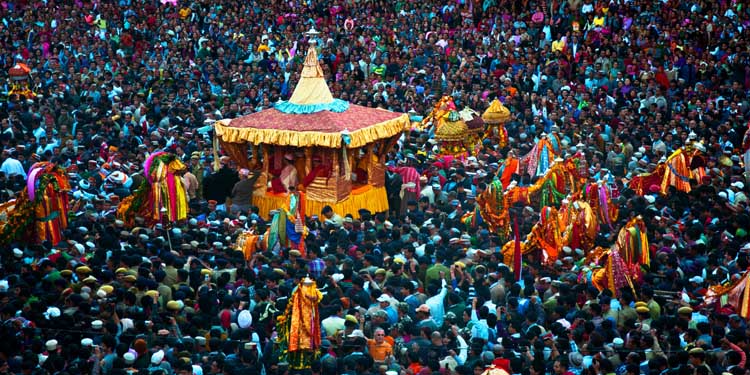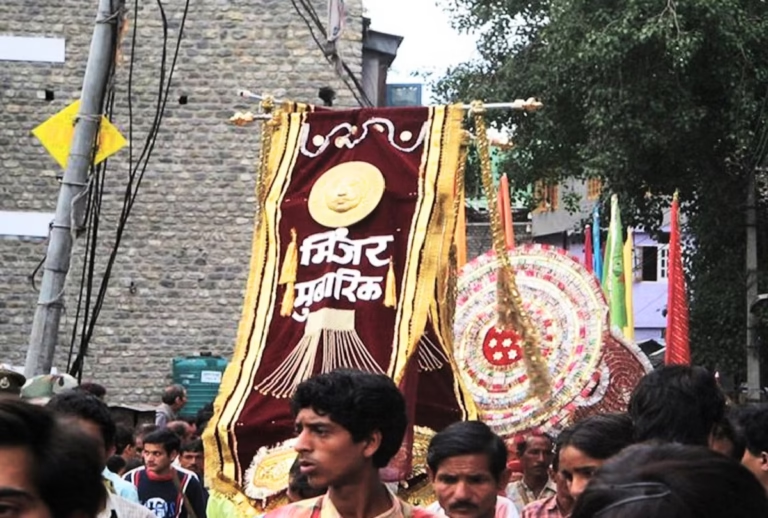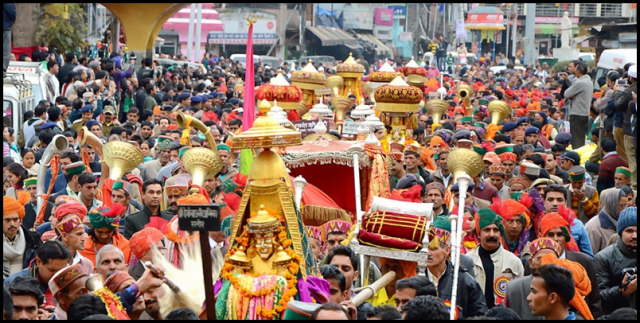Kullu Dussehra is one of the most iconic and vibrant festivals celebrated in Himachal Pradesh, known for its unique cultural traditions, religious significance, and spectacular scale. While Dussehra is celebrated across India to mark the victory of good over evil, the Kullu Valley version stands apart in both narrative and celebration. This week-long international festival attracts thousands of visitors from across the country and around the world to the scenic town of Kullu, nestled along the banks of the Beas River.
A festival unlike any other
What makes Kullu Dussehra different from the rest of the country is its timing and its focus. While most regions in India celebrate Dussehra by burning effigies of Ravana on the tenth day of Navratri, the celebrations in Kullu begin on Vijayadashami, the day the rest of the country ends the festival. Here, there are no Ravana effigies, no firecrackers or dramatic reenactments of the Ramayana. Instead, Kullu Dussehra is a grand spiritual gathering of hundreds of local deities who travel from their villages in processions to honor Lord Raghunath — the presiding deity of the Kullu Valley.
The legend of Lord Raghunath
The origins of Kullu Dussehra are rooted in the 17th century, during the reign of Raja Jagat Singh, the king of Kullu. According to legend, the king was troubled by guilt over a tragic mistake and sought spiritual redemption. He invited a Brahmin to his court who had immense knowledge and divine powers, but due to a series of misunderstandings, the Brahmin committed suicide after being falsely accused.
Haunted by guilt, the king turned to a sage named Krishan Datt Bharadwaj who advised him to bring the idol of Lord Raghunath from Ayodhya and install it in Kullu. It is believed that once the idol was brought, the king carried it on his head to his palace and declared Lord Raghunath the true ruler of Kullu. From that day, the Kullu kingdom was considered to be ruled by Lord Raghunath, with the king acting as his servant. This event laid the foundation of Kullu Dussehra, which celebrates this divine relationship between the king, the deity, and the people.
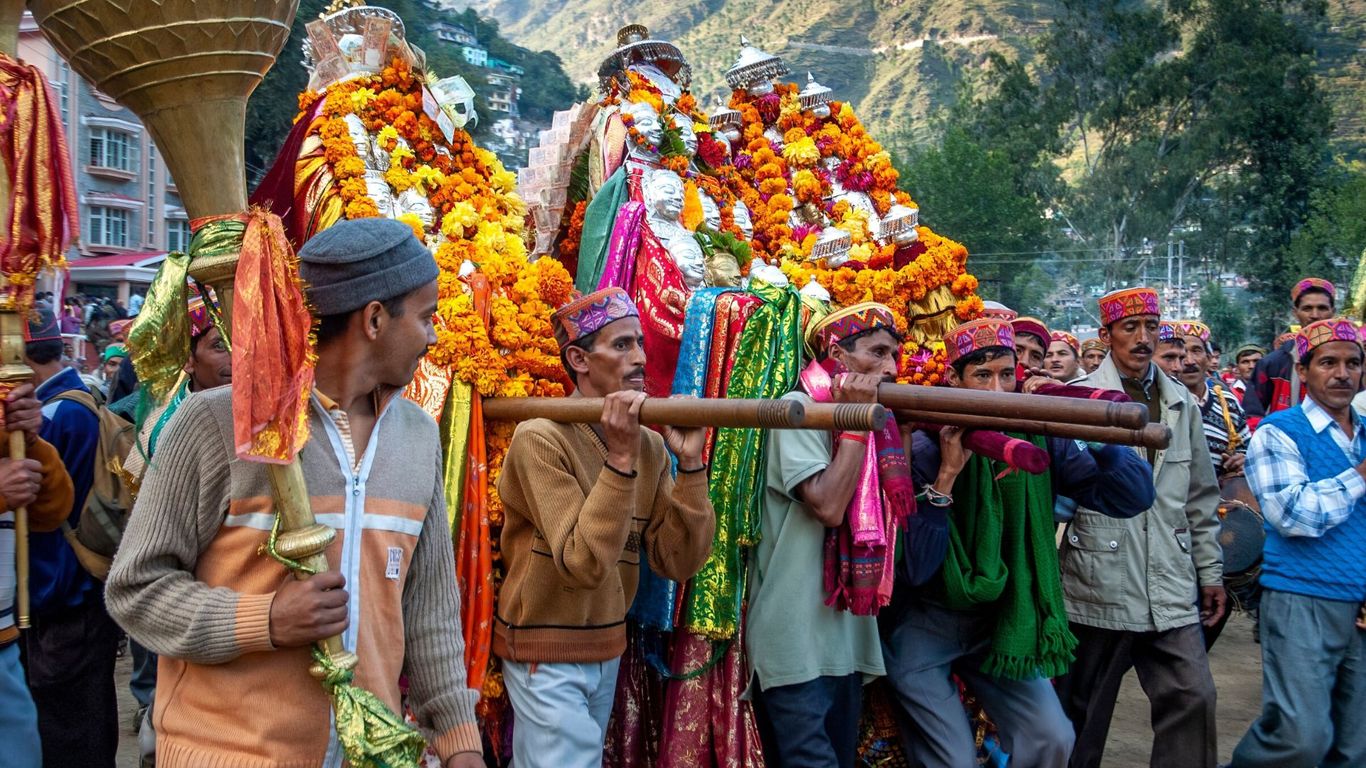
A congregation of deities
The most spectacular aspect of Kullu Dussehra is the participation of more than 250 local deities, each represented by elaborately decorated idols carried in palanquins. These idols are brought by villagers from across the Kullu Valley, accompanied by their own musical bands, priests, and followers. The palanquins are decorated with flowers, fabrics, and traditional symbols. The arrival of each deity is a grand event in itself, with processions, music, and chanting.
These deities gather at the historic Dhalpur Maidan, the main venue of the festival, where they pay homage to Lord Raghunath, who is carried in his own magnificent chariot pulled by devotees with thick ropes. The entire procession is a deeply spiritual experience, symbolic of unity, devotion, and the enduring faith of the people in their local traditions.
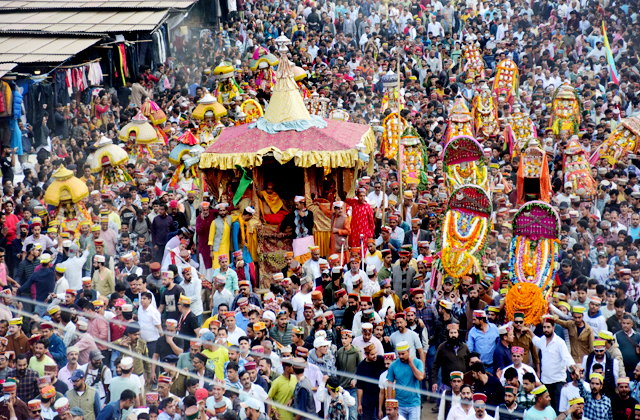
The rath yatra and ceremonies
The highlight of Kullu Dussehra is the rath yatra, the grand procession in which Lord Raghunath’s chariot is pulled through the Dhalpur ground. The chariot is a wooden structure mounted on massive wheels, adorned with intricate carvings and religious motifs. As the procession moves, it is accompanied by drums, traditional music, and chants of “Jai Shri Raghunath ji.”
Each day of the week-long festival is marked by different rituals, offerings, cultural performances, and religious assemblies. The deities camp in specially designated areas near the fairground, where their followers set up tents and offer daily prayers. Cultural events such as folk dances, nati performances, music recitals, and local fairs take place in the evenings, adding a festive flair to the spiritual gathering.
The significance of Lanka Dahan
On the final day of Kullu Dussehra, a symbolic act known as Lanka Dahan is performed. Unlike other regions, there is no effigy of Ravana. Instead, dry grass and wood are gathered and burned to symbolize the destruction of evil. This act is performed across the Beas River, marking the end of the festival. It is also believed that this ritual signifies the return of the deities to their respective villages.
International recognition and tourism
Kullu Dussehra has gained international recognition as a rare example of a living cultural heritage. In 1972, the Himachal Pradesh government declared it an International Festival, and since then, dignitaries, foreign delegates, and tourists from around the world have visited to witness the grandeur. The event offers a rare glimpse into the deeply rooted traditions of the region, untouched by the commercialization seen in many urban festivals.
For tourists, the festival is not just a religious affair but an opportunity to experience the unique Pahari lifestyle, architecture, cuisine, and art. Local craftsmen, weavers, and traders set up stalls selling woolen shawls, caps, wooden crafts, and local delicacies. The fair also includes amusement rides, food stalls, and exhibitions showcasing Himachali culture.
Preserving tradition in modern times
In recent years, the organizers have taken steps to ensure the festival retains its traditional charm while also adapting to modern safety and crowd management needs. With increasing footfall, infrastructure around the Dhalpur ground has been upgraded, and local authorities work in coordination with religious committees to ensure the deities are treated with respect and that traditions are followed strictly.
Efforts are also being made to document the oral traditions, stories of the deities, and the rituals associated with the festival, so that future generations can continue to understand and cherish their cultural roots.
Kullu Dussehra is not just a festival; it is a living tradition that binds the people of the valley together in faith, devotion, and shared heritage. In a time when many ancient customs are fading, Kullu Dussehra continues to thrive as a symbol of unity, showcasing how a community can preserve its roots while welcoming the world to be part of its story.

